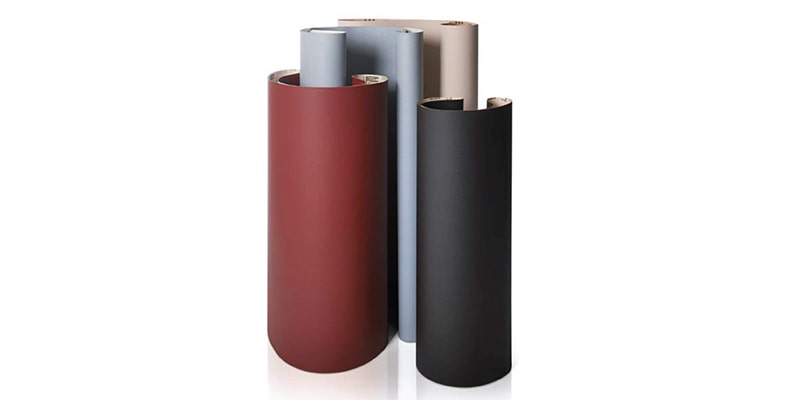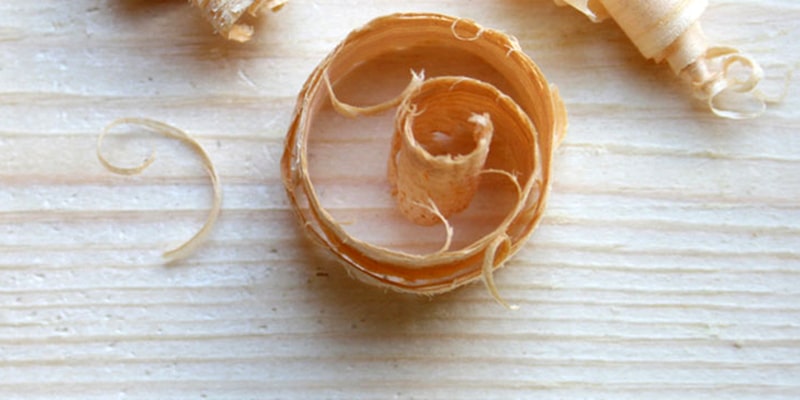Static electricity may occur upon the use of sanding belts, which causes the dust and dirt to attract, sparks and electric shocks. Statically charged sanding dust creates major problems especially in finishing, as it is difficult to clean the surface covered with such dust.
Static electricity can be kept under control with antistatic abrasive materials. Sanding materials may have variable antistatic effect i.e., some products have antistatic backing material while others contain antistatic binders.
The advantages of using antistatic sanding belts are:
- less dust and better working environment
- dust-free sanding machine that provides better surface finish
- easier maintenance of the sanding machine
Here’s one example of the materials from Nastroflex that has the additional feature of being antistatic:
| Product name | material F248A |
| Backing material | F paper |
| Bonding | resin/resin |
| Grain/abrasive | silicon carbide |
| Coating | variable coat: semi-close or close |
| Additional features | antistatic |
| Colour | black |
| Grit range | P40 –P800 |
| Application | sanding raw wood, MDF, polyester or acrylic coated surfaces |
| Products | narrow and wide sanding belts made according to the customer’s order. Sanding belts are with the R1-joint, which means a standard overlapped joint with no sanding grain removed |
Antistatic sanding material is a little bit more expensive than ordinary sanding material. This month’s product discount is 10% for all ordered sanding belts from antistatic materials.


